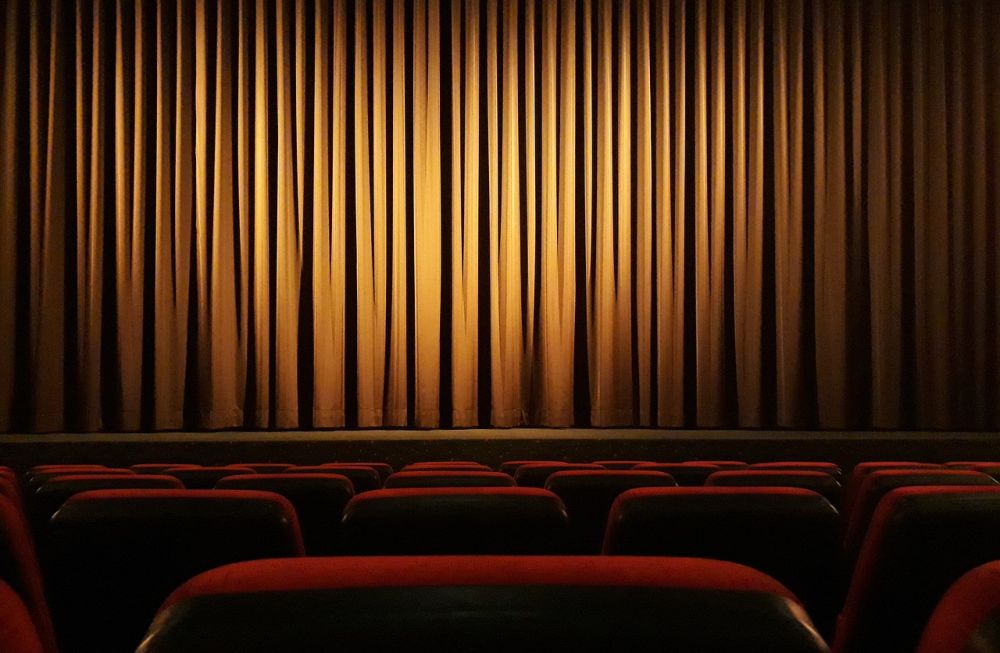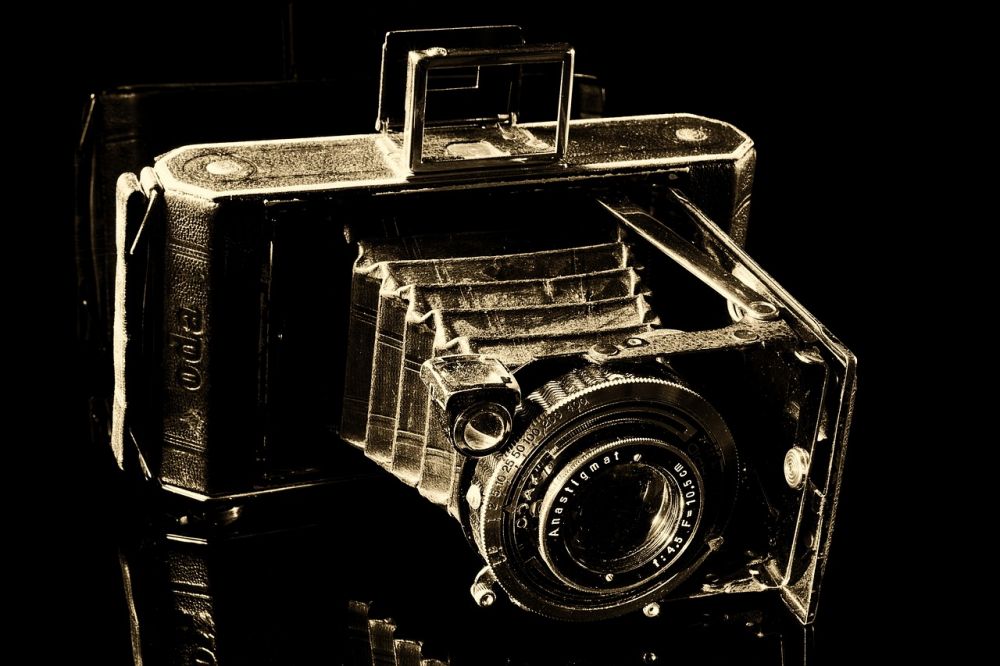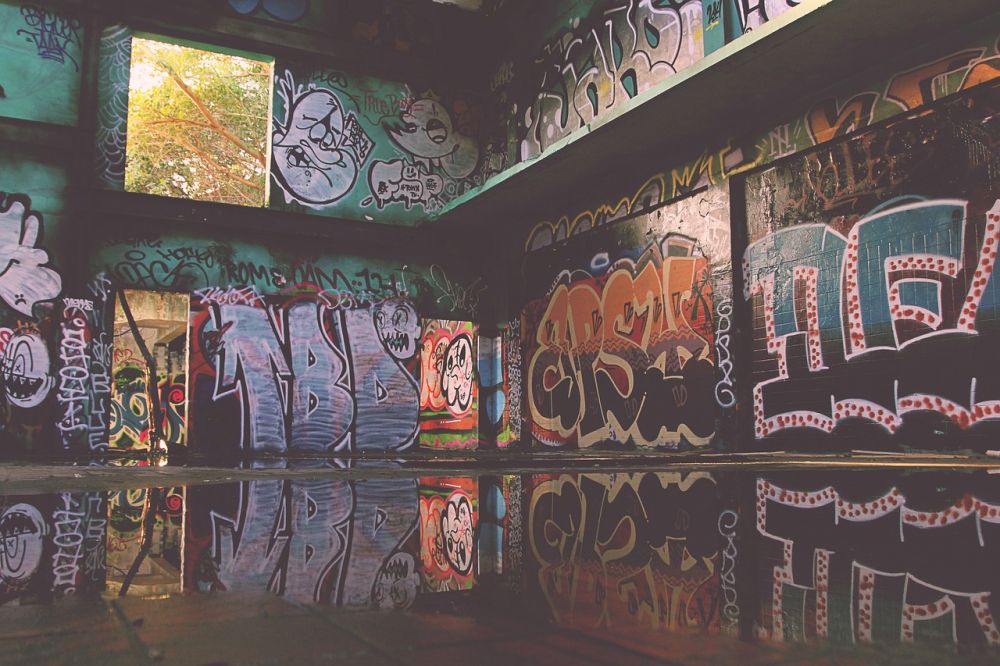Film Genres: A Deep Dive into the World of Cinematic Categories

Introduction
Film genres have played a crucial role in shaping the landscape of cinema, capturing the attention and imagination of millions of moviegoers worldwide. Understanding the intricacies of different genres not only enhances our viewing experience but also provides insights into the historical and cultural context in which these films were made. In this article, we will delve into the fascinating universe of film genres, exploring their significance and evolution over time.
I. Unveiling the Mystery of Film Genres

Film genres can be broadly defined as categories or classifications that group movies based on shared themes, motifs, narratives, and stylistic elements. These classifications help us navigate the vast sea of films by providing a framework to categorize and analyze them. Whether we prefer action-packed adventures, heartwarming romantic comedies, or spine-chilling horror films, understanding genres enables us to identify our cinematic preferences and discover new films that align with our tastes.
In exploring film genres, it is crucial to recognize that they are not rigid and fixed entities. Rather, they are fluid and ever-evolving, often blending and intersecting with one another. Filmmakers continually experiment with different genres, resulting in the emergence of hybrid genres or subgenres. This dynamism reflects the evolving cultural and artistic landscape, ensuring that cinema remains a living and breathing art form.
II. Tracing the Historical Development of Film Genres
a) The Silent Era and the Birth of Genres:
During the silent era, films were primarily categorized based on their visual elements and storytelling styles. Films such as “The Great Train Robbery” (1903) and “Nosferatu” (1922) laid the foundation for genres such as westerns and horror. With limited dialogue and emphasis on visual storytelling, these early films established key elements and conventions that would define genres for decades to come.
b) The Golden Age of Hollywood and Genre Expansion:
The Golden Age of Hollywood witnessed the emergence of several iconic genres that continue to captivate audiences to this day. The 1930s and 1940s introduced film noir, characterized by its dark, atmospheric visuals and morally ambiguous protagonists, as seen in classics like “Double Indemnity” (1944). The musical genre also flourished during this era, with films like “Singin’ in the Rain” (1952) showcasing the power of music and dance in storytelling.
c) New Waves and Genre Deconstruction:
The 1960s and 1970s marked a period of profound experimentation and rebellion in cinema. New waves of filmmaking, such as the French New Wave and the New Hollywood movement, challenged traditional genre conventions. Filmmakers like Jean-Luc Godard and Martin Scorsese deconstructed and subverted genre expectations, giving rise to unconventional narratives and fragmented storytelling techniques.
d) Modern Era and Genre Mashups:
In the modern era, genres have become increasingly fluid, with filmmakers blending elements from various genres to create unique cinematic experiences. Science fiction and fantasy films, once relegated to niche audiences, have gained mainstream popularity with franchises like the Marvel Cinematic Universe. Moreover, filmmakers like Quentin Tarantino have embraced genre mashups, combining elements of crime, action, and dark comedy in films like “Pulp Fiction” (1994).
III. Genres as Cultural Mirrors
Film genres often reflect the socio-political and cultural contexts in which they are produced. For instance, the rise of the horror genre in the 1960s and 1970s paralleled the unease and anxieties of the era, with films like “Rosemary’s Baby” (1968) and “The Exorcist” (1973) tapping into societal fears. Similarly, the resurgence of superhero films in recent years may reflect a collective longing for escapism and heroism in the face of real-world challenges.
IV. The Impact of Digital Technology on Film Genres
The advent of digital technology has revolutionized the filmmaking process and expanded the boundaries of genre. CGI (computer-generated imagery) has enabled filmmakers to create fantastical worlds and creatures never before imaginable, as showcased in films like “Avatar” (2009). Moreover, digital platforms like Netflix and Amazon Prime have enabled the rise of niche genres and allowed filmmakers to reach global audiences more easily than ever before.
Conclusion
Film genres have had a profound impact on cinema, shaping our understanding of storytelling and providing insights into the cultural and historical context in which films are produced. As genres continue to evolve and blend, audiences can expect an even more diverse range of cinematic experiences. So next time you sit down to watch a film, take a moment to appreciate the genre it belongs to and the rich cinematic tapestry it represents.





